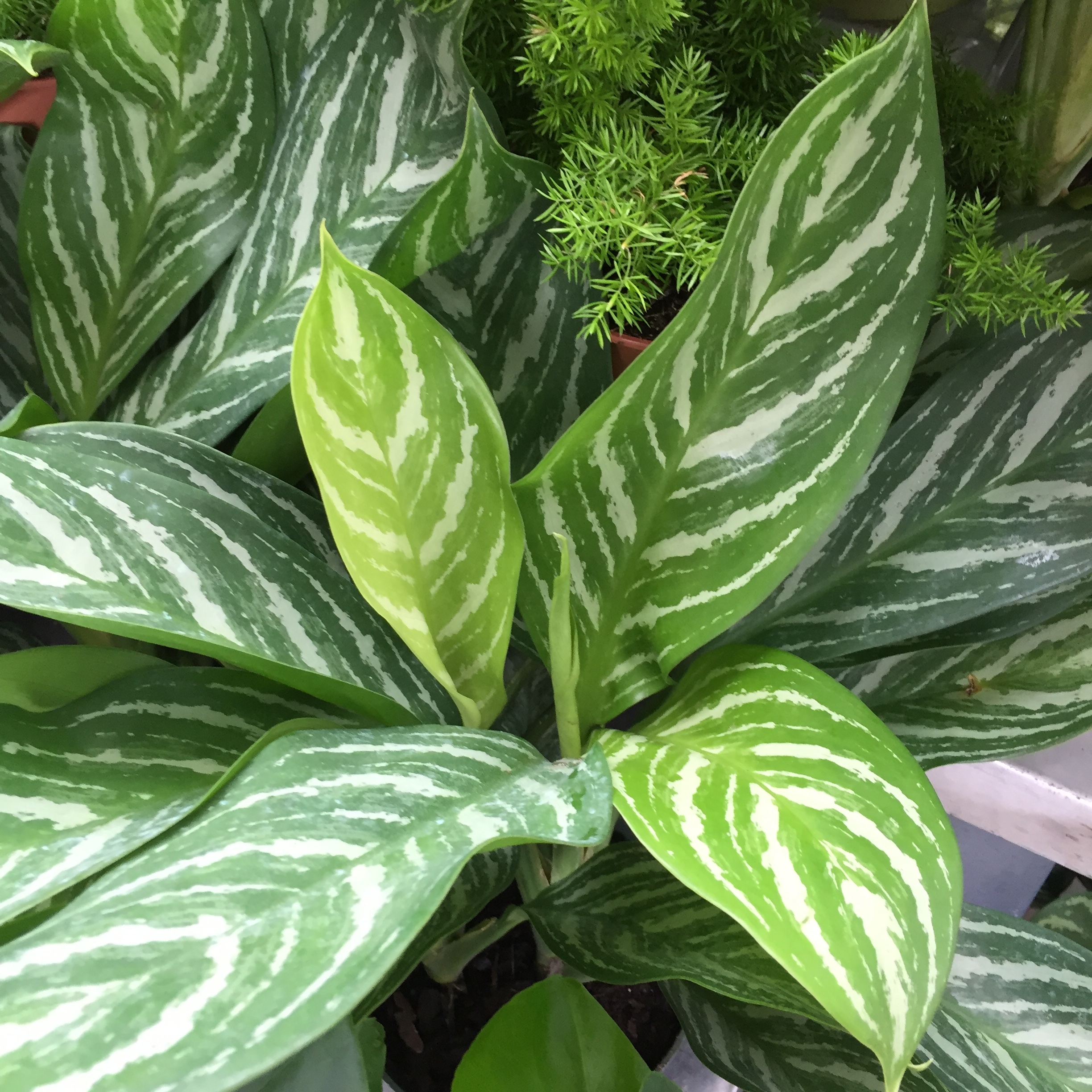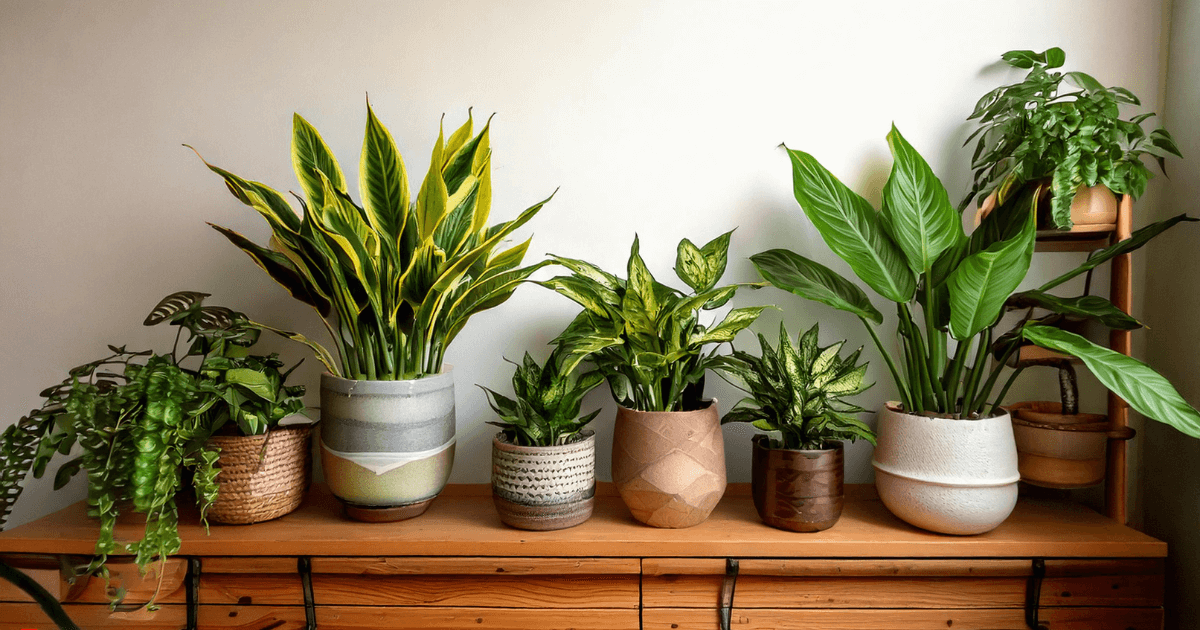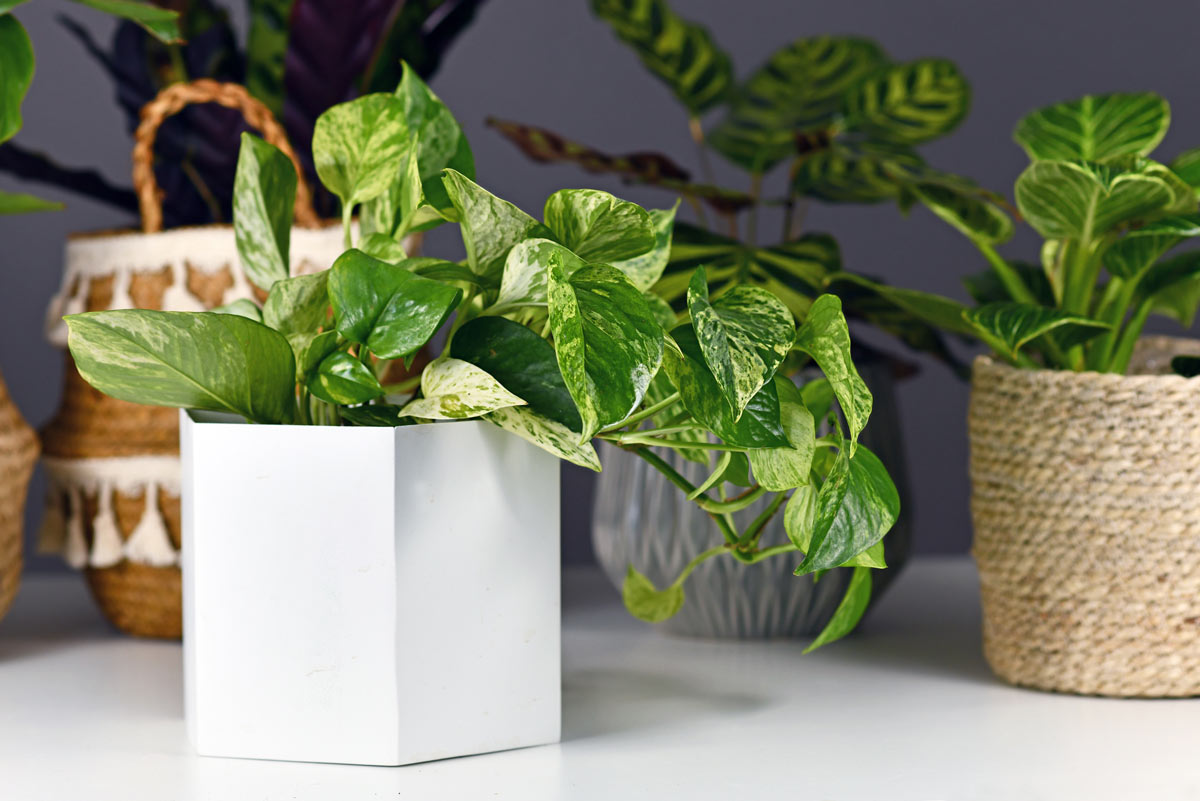The Best Low-Light Indoor Plants That Require Minimal Care and Attention
The Best Low-Light Indoor Plants That Require Minimal Care and Attention
Blog Article
Transform Your Home With Beautiful Low-Light Indoor Plants and Their Advantages
Including low-light interior plants right into your home can considerably enhance both the visual and environmental quality of your home. These plants, which prosper in dim problems, serve not only as attractive elements yet additionally as natural air cleansers, making them excellent for city occupants or those with restricted sunlight direct exposure. As we discover the different kinds of low-light plants and their advantages, you may find unusual means to incorporate them into your home that can transform your environments in ways you might not have actually expected.
Advantages of Low-Light Plants
Low-light plants offer numerous advantages for indoor atmospheres, making them an excellent option for both amateur and experienced garden enthusiasts. Among the key advantages is their flexibility to low-light problems, enabling people to improve their home without the demand for extensive sunlight direct exposure. This particular makes them perfect for apartments, offices, and various other locations with limited all-natural light.

In addition, incorporating low-light plants into home decor can elevate the aesthetic charm of a space. Their rich foliage and varied appearances produce a soothing environment, adding to overall wellness. The visibility of greenery has been connected to lowered tension levels and enhanced efficiency, making low-light plants a useful option for improving both physical and psychological health in indoor setups.
Leading Low-Light Indoor Plants
While lots of interior plants prosper in bright light, a number of species are especially appropriate for low-light problems, making them excellent for various interior spaces. One preferred choice is the Serpent Plant (Sansevieria), recognized for its striking upright leaves and durability, calling for marginal care. One more superb alternative is the Pothos (Epipremnum aureum), which features heart-shaped leaves and can track wonderfully from shelves or wall mounts, growing in low light and adding a lush touch.
The ZZ Plant (Zamioculcas zamiifolia) is celebrated for its glossy leaves and capacity to hold up against neglect, making it excellent for busy lifestyles. Likewise, the Tranquility Lily (Spathiphyllum) not just tolerates low light however likewise generates stunning white blooms, enhancing any kind of space's aesthetic.
For an one-of-a-kind touch, take into consideration the Cast Iron Plant (Aspidistra elatior), which undoubtedly lives up to its name, growing in the darkest corners of your home. Finally, the Chinese Evergreen (Aglaonema) uses a variety of leaf patterns and shades while being extremely forgiving in low-light problems. These plants not only improve indoor atmospheres however likewise add to air filtration, improving your living room.
Care Tips for Low-Light Plants

Sprinkling methods are critical; these plants frequently like slightly completely dry conditions. Overwatering can cause root rot, so ensure that the leading inch of dirt is dry before watering once more. Usage pots with drainage openings to enable excess dampness to leave.
Moisture is an additional crucial element. Numerous low-light plants, such as brushes and tranquility lilies, take advantage of higher moisture degrees. To raise humidity, take into consideration misting the leaves or placing a tray of water near the plants.
Fertilizing needs to be come close to with care. During the expanding season, utilize a thinned down, balanced fluid plant food monthly to sustain development, yet prevent fertilizing throughout the dormant winter season.

Imaginative Ways to Display Plants
Indoor plants can act as captivating focal points in any type of area, enhancing both aesthetic appeal and atmosphere. Creative screens can elevate the aesthetic influence of low-light plants, making them an indispensable part of your home design. One reliable method is to utilize tiered plant stands, which allow you to showcase several plants at differing heights while making best use of flooring area.
Hanging planters are another cutting-edge choice, developing a sense of depth and attracting the eye upward. Consider macramé wall mounts or wall-mounted racks to present an unique structure and style.
For a much more organized technique, use geometric terrariums or glass containers to house your plants, including a contemporary touch to your interior garden. You can additionally repurpose vintage products, such as teacups or wood pet crates, for a diverse screen that mirrors your individuality.
Enhancing Home Atmosphere With Plants
Incorporating low-light plants right into your home not only boosts visual charm yet also adds significantly browse around here to the general atmosphere. These plants offer as all-natural style components, introducing a feeling of peace that can change any kind of room. The existence of greenery cultivates a calming ambience, which is particularly advantageous in high-stress settings such as home workplaces or living areas.
Low-light plants, such as serpent plants, pothos, and ZZ plants, are not just aesthetically pleasing but also enhance indoor air top quality by filtering contaminants. This twin feature enhances the ambiance even more, creating a healthier living area (Best low-light indoor plants). The strategic positioning of these plants can likewise affect the assumption of area; for circumstances, tall plants can draw the eye up, making ceilings show up higher and areas more spacious
Furthermore, varying structures and shades of vegetation add deepness to interior design, enabling innovative expression in home styling. Whether positioned on shelves, in edges, or as centerpieces, low-light plants can elevate the mood of any type of room. In summary, incorporating these plants right into your home is a reliable method to foster a warm, inviting atmosphere while profiting of enhanced air quality and aesthetic adaptability.
Final Thought
Integrating low-light indoor plants into home environments uses numerous advantages, consisting of enhanced visual allure and enhanced air top quality. These resilient plants, such as the Snake Plant and Peace Lily, need minimal light and maintenance, making them ideal for diverse way of livings. Their capacity to filter contaminants adds to a much healthier space, while their varied appearances and shades enhance indoor design (Best low-light indoor plants). Inevitably, the incorporation of low-light plants promotes a peaceful and check that welcoming ambiance, transforming any kind of home right into a peaceful sanctuary.
While many indoor plants flourish in brilliant light, a number of species are specifically well-suited for low-light conditions, making them optimal for numerous indoor rooms. One efficient approach is to make use of tiered plant stands, which enable you to display several plants at differing heights while making the most of floor room.
Low-light plants, such as serpent plants, pothos, and ZZ plants, are not only cosmetically pleasing however additionally boost indoor air high quality by filtering contaminants. Best low-light indoor plants. The tactical placement of these plants can additionally affect the understanding of area; for circumstances, high plants can draw the eye upward, making ceilings show up higher and rooms much more roomy
These resilient plants, such as the Serpent Plant and Tranquility Lily, call for marginal light and maintenance, making them ideal for diverse way of lives.
Report this page